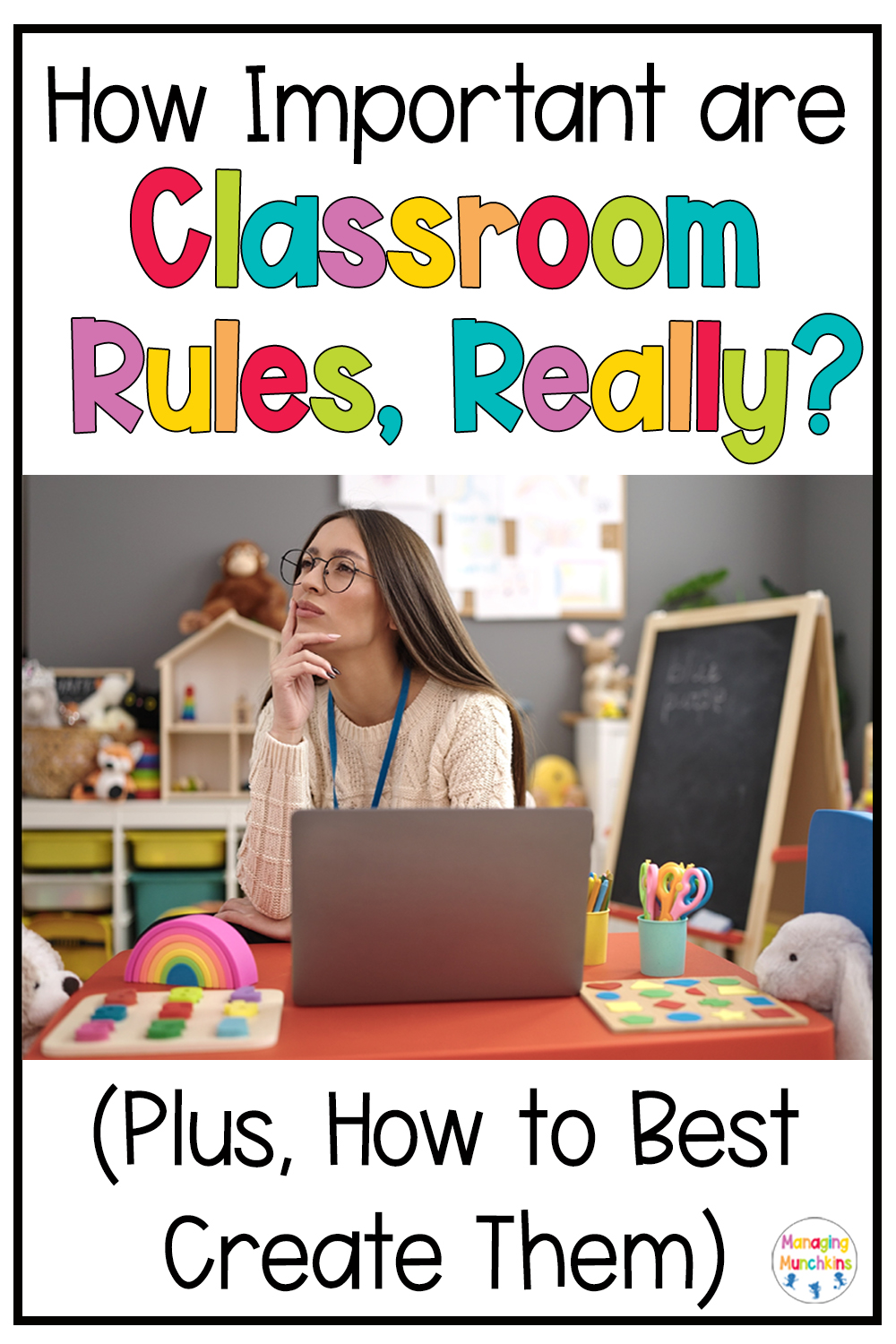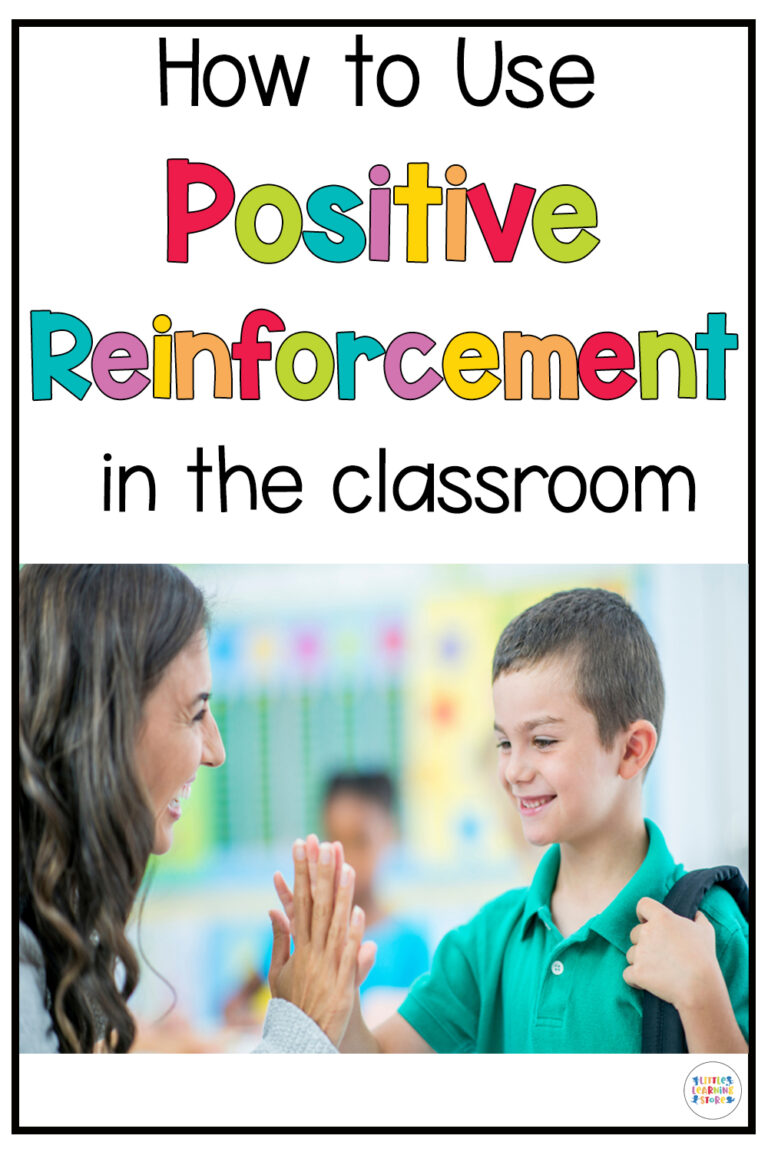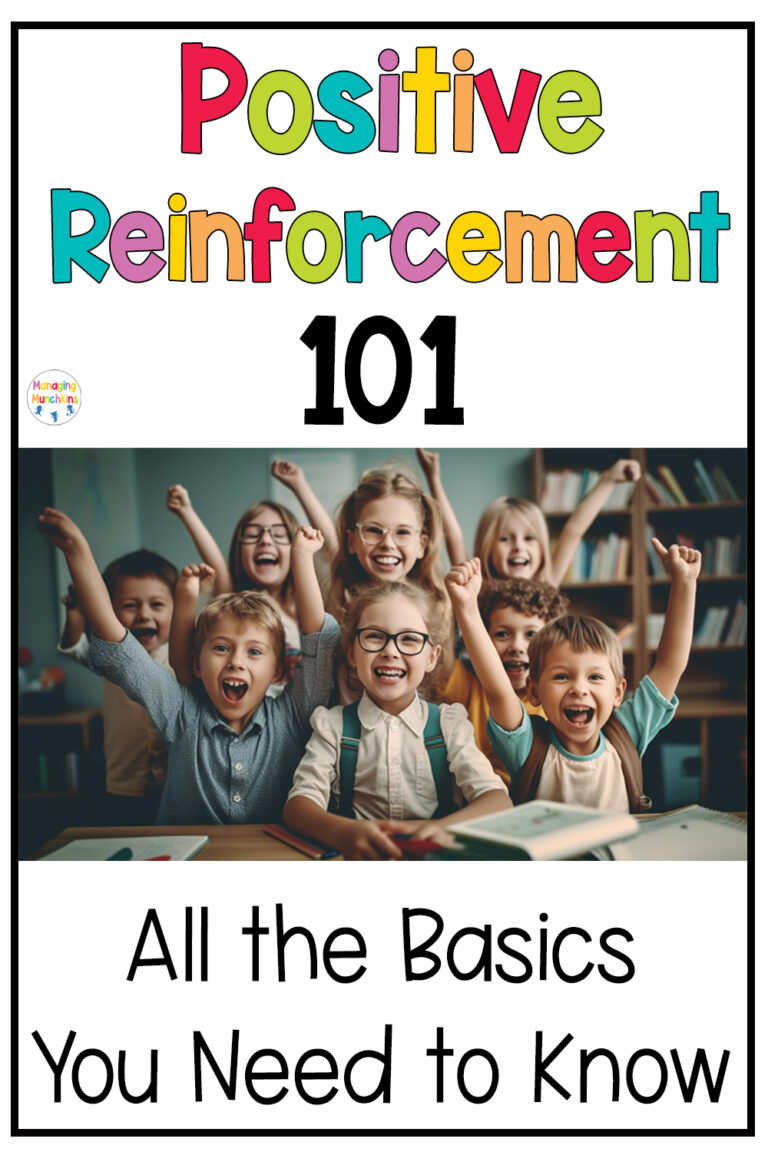How Important Are Classroom Rules, Really? (Plus, the Best Way to Create Them).
Hi there, I’m Katherine Barker, and I’ll be your guide as we explore the importance of classroom rules and the most effective methods for crafting and communicating them to your students.

First things first, let’s address the question: are classroom rules really that important? The short answer is yes, they are crucial. However, what matters even more is how you formulate and convey these rules to your students.
So, let’s break down the key components of creating effective classroom rules.
Choosing the Right Rules
When selecting rules for your classroom, consider what makes the most sense for your teaching style, grade level, and the dynamics of your particular class. For instance, if you prefer a calm and quiet environment, a rule like “use inside voices.”
Best Practices for Crafting Rules:
- Keep it Simple: Limit the number of rules to three to five, using language that is developmentally appropriate and easy for elementary students to understand.
- Keep it Positive: Frame rules in a positive light to encourage students to work towards goals rather than simply avoiding undesirable behaviors. For instance, instead of saying “no running in the classroom,” you could say “use walking feet.”
- Keep it Specific: Be clear and concise about the behaviors you expect to see. For example, “keep your hands to yourself” is more effective than a vague directive.
Here are some of my favorite classroom rules:
- Raise your hand to talk.
- Keep your hands and feet to yourself (or use helpful hands and feet).
- Follow directions quickly.
- Be kind.
- Do your best and forget the rest.
Once you’ve established your rules, the next step is effectively communicating them to your students. Repetition is key here. It may seem excessive, but going over the rules every single day for the first 6 to 8 weeks can help solidify them in your students’ minds.
I personally like to incorporate a daily routine of reviewing the rules with my students. We gather on the carpet after a brief play session, greet each other, and then promptly review the rules together.
By having students recite the rules along with gestures, it helps reinforce them and gives them a sense of ownership.
Additionally, incorporating classroom jobs can further reinforce the importance of following rules and promote a sense of responsibility among students.
In moments of difficulty or when faced with a substitute teacher, revisiting the rules can help reset expectations and remind students of the standards they are expected to uphold.
To wrap up, remember that classroom rules are the foundation of a positive learning environment. By selecting, crafting, and communicating them effectively, you can set the tone for a successful academic year.
Stay tuned for my next blog post, where we’ll explore the power of classroom jobs in building a strong classroom community. Until then, happy teaching!





